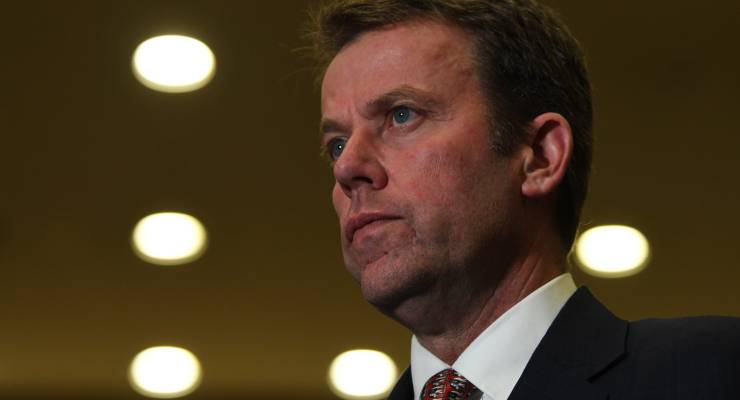
Last month the federal government ended its free childcare scheme, under which parents paid no fees and the government paid childcare centres 50% of the hourly rate cap.
Education minister Dan Tehan says the package had succeeded in keeping services “open and viable”.
He boasted that 99.3% of 13,400 childcare services were still operating on July 1 and the government would pay operators a transition payment of 25% of their fee revenue until September 27.
This tells us nothing about how the money is being distributed and whose shifts have been cut.
“[The scheme] wasn’t universal and then it was gone,” executive director of Community Child Care Julie Price said.
The government then singled out childcare educators to be refused JobKeeper payments even though the scheme was funded until September.
“[Without JobKeeper] we don’t have nearly as strong an emphasis on paying the wages of educators … That is why unions were calling for the payment to come back because it is tied to paying people not businesses,” Price said.
Community Child Care represents non-profit centres in Victoria and said it was casual workers who were falling through the cracks.
“Not that we expect every single educator, including casuals, to get the same level of pay [through the pandemic] but we would hope that all employers take reasonable steps to keep as many of their employees engaged,” she said.
“Our services are concerned that their casuals haven’t been engaged and will have gone off and found work elsewhere … Basically they got no shifts during the first shutdown and they were just getting back to fairly regular shifts and now they’ll have very few or no shifts and they can’t access JobKeeper so they’ll have to go on JobSeeker.”
The Victorian government announced last week that children enrolled in the state’s childcare services would be granted an additional 30 days (on top of the existing 42 days) of allowable absences under the current subsidy system. Parents who are “permitted workers” will be able to access childcare.
Not so lucky second time around
In the first round of funding, Ruth Harper was able to keep on employees at her small not-for-profit community-run childcare centre in Fitzroy. Since the free childcare scheme ended and coronavirus cases soared they haven’t been so lucky.
“We’re looking at having to stand down our casuals for the duration of this [stage four lockdown],” Harper said.
Her centre receives a lower rate of the childcare subsidy so has a higher gap fee to find with parents.
“Two-thirds of our income is made up of that gap and if we are waiving the gap and not getting much income we’re going to be losing money,” she said. “If we were still getting JobKeeper we would be able to keep them.”
The Victorian government also announced a 5% “top up” to the transition payment for centres in Melbourne and Mitchell Shire that have lost childcare subsidy revenue because attendance rates dropped.
‘We all thought it was a joke’
“If you think that all other goods and services are getting that 25% anyway and taking in whatever fees they’re taking in and we lose a lot of fees and we only get 5% more … We all thought it was a joke when it was announced,” Harper said.
Cardinia Lakes Early Learning Centre’s director Tamika Hicks says half a dozen of her staff had taken money out of superannuation.
“Educators who have got no leave left and casual workers will fall through the cracks,” she said.
“We don’t have a lot of a buffer to fall back on and a lot of staff used up annual leave in the first lot of closures because they didn’t want to attend work if they had children.”
Hicks, who has worked in the sector for 20 years, says services that were “doing the right thing” were struggling while services that weren’t could technically profit during the pandemic if they chose to pocket support cheques without spending them on wages.
“If I’m a dodgy operator I’m going to say: ‘My attendance is down and I’ve got a couple of full-timers so I have to keep paying them but [the casuals] I will drop back to 15 hours or stand them down with no pay so I can pocket or put money back into the business and I know worst-case scenario my staff can apply for JobSeeker,’” she said.
“This can happen because there is no wage guarantee now that JobKeeper is gone.”








Nice try.